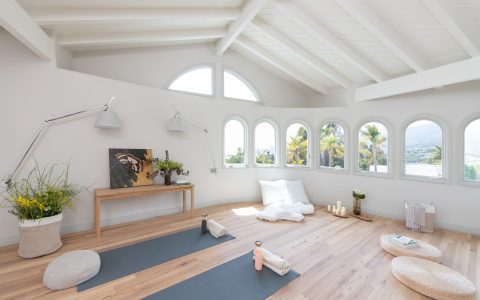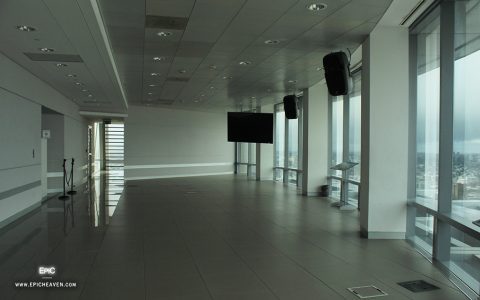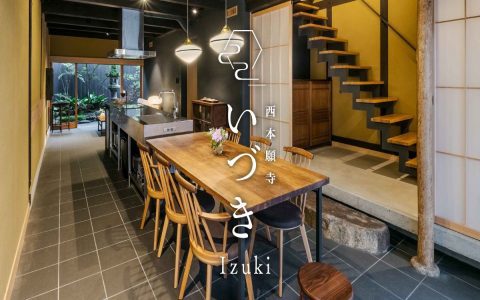Core Principles of Minimalist Art Deco
Minimalist Art Deco merges the pared-down philosophy of minimalism with the inherent glamour of Art Deco. It's about selective opulence, where each element serves a purpose while exuding sophisticated style. The goal is a refined, uncluttered space that whispers luxury rather than shouts it.
- Streamlined Geometry: Clean lines and strong geometric shapes, fundamental to both styles, are paramount. Deco’s intricate patterns are simplified, focusing on bold, clear forms.
- Luxurious Simplicity: Material choices are rich – think marble, brass, velvet – but applied with restraint. The luxury comes from the quality and inherent beauty of the materials, not from excessive ornamentation.
- Curated Opulence: Every decorative piece is carefully chosen. Instead of a profusion of Deco motifs, select one or two iconic elements (a sunburst mirror, a geometric light fixture) to act as focal points within a minimalist framework.
- Strategic Color Palette: Typically, a neutral base (whites, creams, grays, deep charcoals) is punctuated by rich, jewel-toned accents (emerald, sapphire, ruby) or classic Art Deco metallics (gold, brass, chrome), used sparingly.
Key Elements
Translating Minimalist Art Deco into a tangible design involves careful selection across all aspects of the interior.
Furniture:
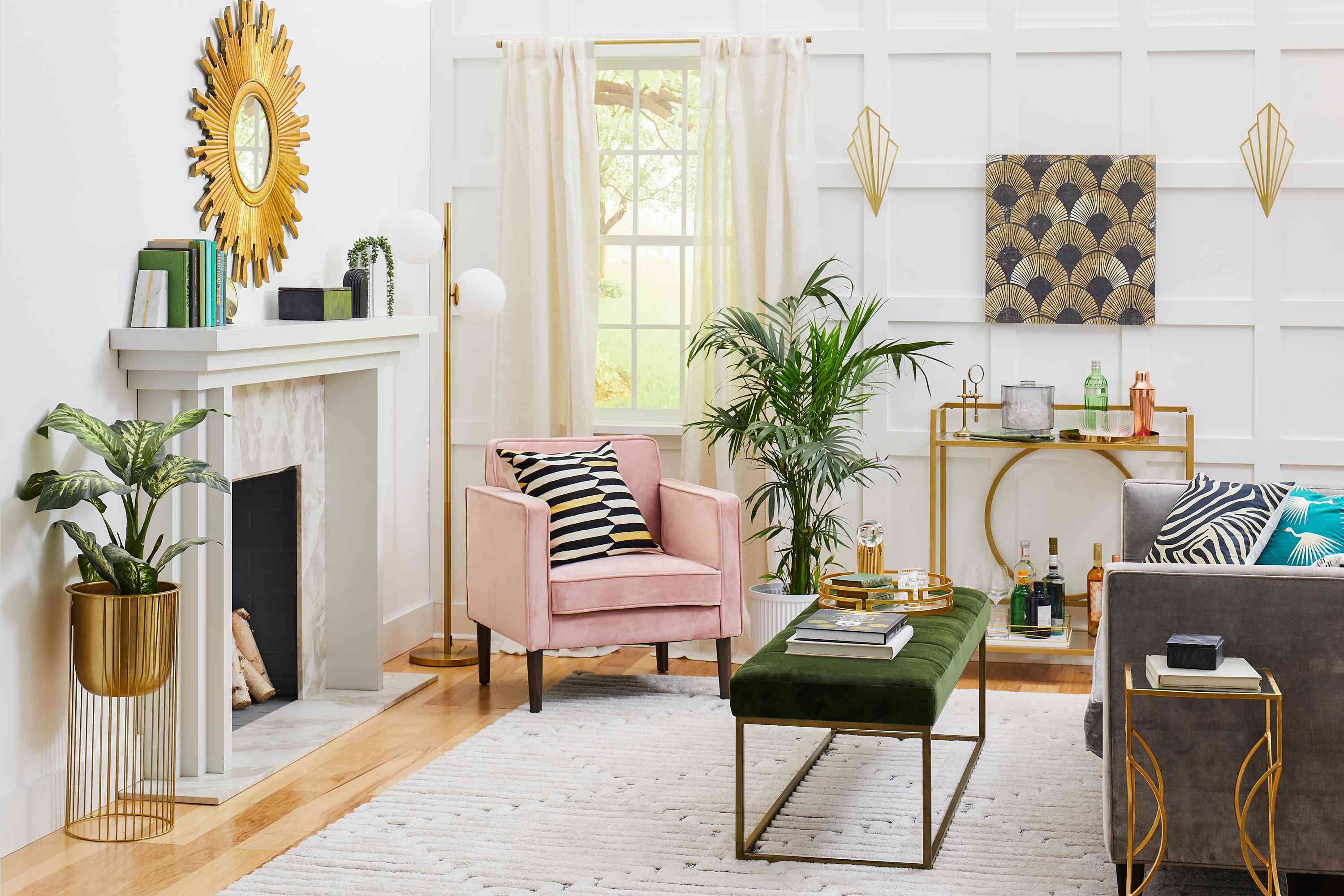
- Pieces exhibit strong, clean silhouettes, often with subtle Deco curves or channel tufting. Forms are sculptural yet functional, avoiding overt ornamentation.
- Materials are high-quality and understated, such as dark lacquered wood, polished metals, or sumptuous velvets on simple frames.
Materials & Finishes:
- Polished stone (marble, granite), sleek lacquer, and high-gloss surfaces are used, but balanced by matte finishes to maintain a minimalist feel.
- Metals like brass, chrome, or brushed gold are key for accents – in furniture legs, hardware, or lighting – but not as overwhelming surfaces.
Color Palette:
- A foundation of neutrals (ivory, beige, black, grey) allows signature Art Deco colors – deep blues, emerald greens, rich burgundies, or even a bold black and white contrast – to be introduced as targeted accents.
- High contrast is often employed, but within a controlled and balanced scheme, preventing visual clutter.
Lighting:
- Fixtures often feature iconic Art Deco shapes (globes, fans, geometric tiers) but are executed with simpler lines and less embellishment.
- Both ambient and statement lighting are crucial. Sculptural sconces or pendants can serve as functional art.
Patterns & Textures:
- Geometric patterns (chevrons, sunbursts, stepped forms) are applied subtly, perhaps in a single cushion, a piece of art, or an inlaid detail, rather than on large surface areas.
- Textures are rich but refined. Think smooth velvets, silks in solid colors, or deeply grained woods, contrasted with polished metals and glass.
Achieving the Balance
The success of Minimalist Art Deco lies in the delicate equilibrium between reductionist principles and decorative allure. The "minimalist" ethos should guide the application of "Deco" influences.
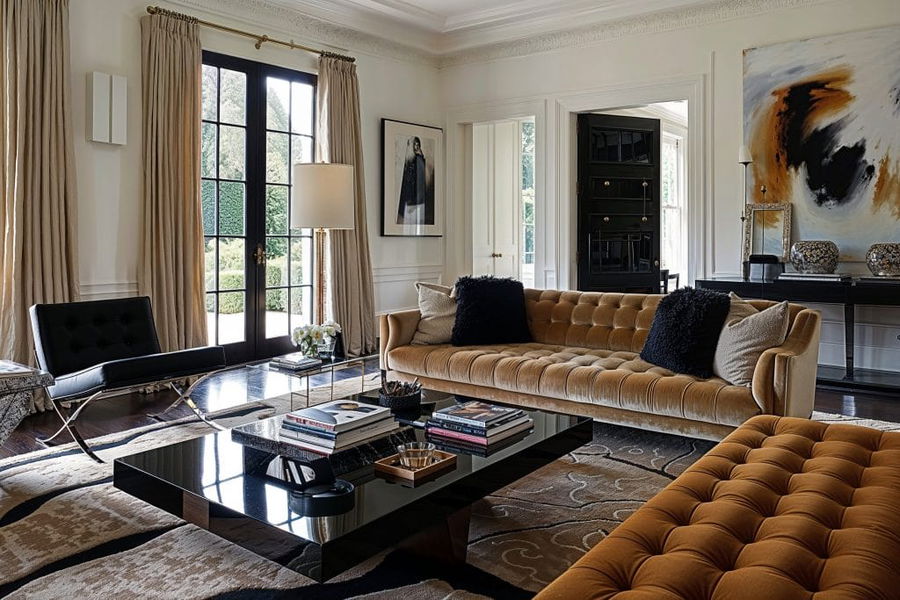
- Quality Over Quantity: Invest in fewer, high-impact pieces. One exceptional Art Deco-inspired armchair makes a stronger statement in a minimalist setting than multiple lesser items.
- Prioritize Strong Silhouettes: Both minimalism and Art Deco value distinct forms. Choose furniture and decor with clear, defined shapes that command attention without needing elaborate detail.
- Symmetry with Restraint: Art Deco often employs symmetry. In a minimalist context, apply this principle thoughtfully, perhaps with a pair of lamps or perfectly aligned artwork, to create order without rigidity.
- Focal Points as Anchors: Allow key Art Deco elements – a striking geometric console, an iconic mirror, or a bold light fixture – to be the undisputed stars, keeping the surrounding space clean and supportive.


